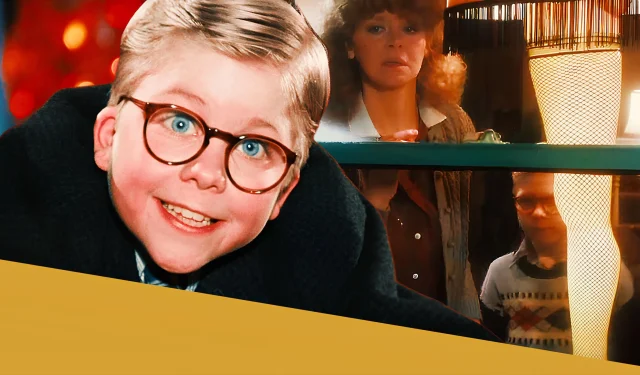
Exploring the Differences Between “A Christmas Story”and Its Literary Origins
The beloved holiday classic, A Christmas Story, has warmed the hearts of audiences since its release in 1983. However, what many may not realize is that it is based on Jean Shepherd’s semi-autobiographical books. This article delves into the intriguing differences between the film adaptation and the original stories, revealing changes, hidden details, and fascinating insights that you might not know.
Understanding the Source Material
Jean Shepherd’s narratives, particularly from his books In God We Trust, All Others Pay Cash and Wanda Hickey’s Night of Golden Memories, provide a rich tapestry of humor and nostalgia reminiscent of growing up in the 1930s. While the film captures the essence of these tales, it also introduces several significant alterations in characters, plot points, and themes.
Key Differences Between the Film and the Books
One of the most notable shifts is the characterization. For instance, while the film portrays Ralphie Parker as a singular protagonist navigating a whimsical childhood, the narrative in the books is more fragmented and includes multiple anecdotes featuring diverse characters and events, enriching the storytelling experience.
Adaptation Choices and Their Impact
The filmmakers made strategic decisions to enhance the narrative. The sequence of events is often rearranged for dramatic effect, and certain subplots are either condensed or completely omitted. For example, the subplot involving Ralphie’s school play and the famous “You’ll shoot your eye out!”line is more prominently featured in the film, leaving out other nuanced stories that painted a broader picture of Ralphie’s childhood experiences.
Hidden Details Worth Noting
Upon closer inspection, viewers may discover numerous subtle details that link the film back to its literary roots. From quirky background gags to poignant moments reflecting the complexities of family life, these hidden gems enhance the overall richness of the story. Additionally, the film retains Shepherd’s humorous narrative style, paying homage to his voice while presenting it through visual storytelling.
Conclusion: A Timeless Tale Reimagined
The differences between A Christmas Story and its source material encapsulate the challenges and creativity involved in adapting literary works for the screen. The film succeeds in captivating audiences not only through its nostalgic charm but also by presenting a story that speaks to universal themes of childhood, hope, and family. For those who cherish the film, revisiting Shepherd’s writing offers a deeper appreciation for the origins of this holiday favorite.
For more detailed comparisons and insights into the creative adaptation process, check out the full analysis here.




Leave a Reply